Home / Albums / Tag Place:France 417

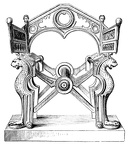 The Curule Chair
The Curule Chair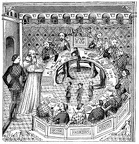 Round Table of King Artus of Brittany
Round Table of King Artus of Brittany 1789c
1789c 1790-92
1790-92 1790-92b
1790-92b 1785
1785 1787
1787 1788
1788 1789
1789 1789b
1789b 1783
1783 1784
1784 1780
1780 1781
1781 1781b
1781b 1782
1782 1776
1776 1777
1777 1778
1778 1779
1779 1765b
1765b 1770
1770 1775
1775 1760
1760 1760b
1760b 1760c
1760c 1765
1765 1745
1745 1750
1750 1750b
1750b 1755
1755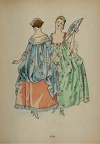 1730 2
1730 2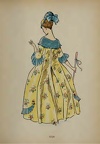 1730
1730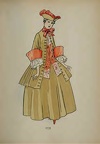 1735
1735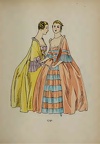 1740
1740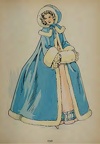 1740B
1740B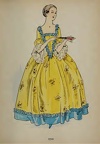 1720
1720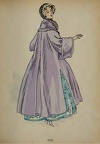 1725 2
1725 2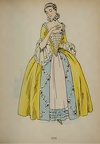 1725
1725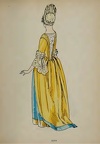 1710
1710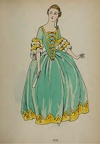 1715 2
1715 2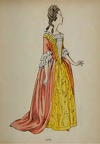 1715
1715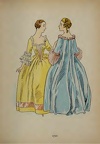 1720 2
1720 2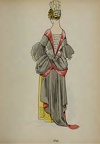 1695 2
1695 2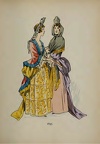 1695
1695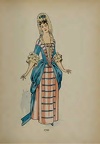 1700
1700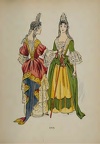 1705 2
1705 2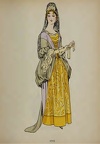 1705
1705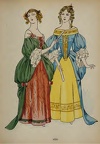 1680
1680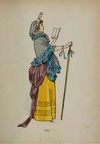 1685 2
1685 2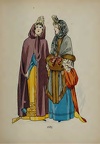 1685
1685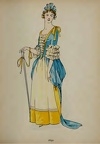 1690
1690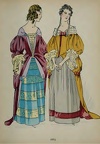 1665
1665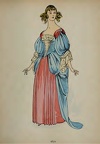 1670
1670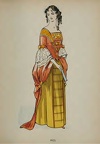 1675
1675 1680 2
1680 2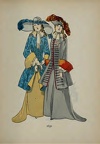 1650 2
1650 2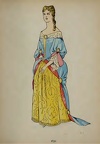 1650
1650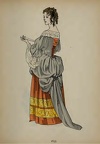 1655
1655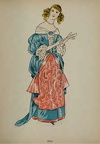 1660
1660



